Asheville Regional Airport (AVL)
Asheville Regional Airport (AVL) is a multi-use airport, located approximately five miles south of the city of Asheville, North Carolina. It serves the air carrier, air taxi, as well as general and military aviation communities. The taxiway system provides access to all services and hangars located on the east side of the airport. View a printable Pilot Handbook of the AVL information found on this Web page.
Know Before You Go
The airport configuration consists of single RWY 17/35 which has a full-length parallel TWY on the east side, and an almost full-length TWY on the west side.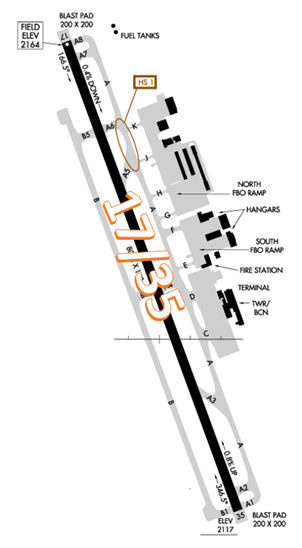
The airspace at AVL is Class C. (Refer to Sectional Chart)
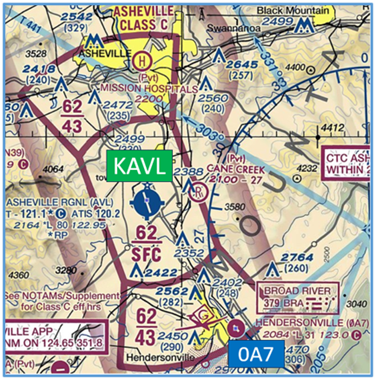
Below find various AVL-specific information and things to be aware of, as well as general information to inform your preflight planning. This will be reviewed quarterly and updated as needed. This information is to supplement the From the Flight Deck Videos that are produced by the FAA Runway Safety Group. Here you will also find information provided by the local air traffic controllers at the airport where you intend to fly. The information is subject to change. Not for navigation or legal* pre-flight action. Always refer to official pre-flight materials such as, but not limited to, NOTAMs, airport diagrams, VFR charts and airport construction notices for the latest airport-specific details.
AVL Tower Operates 0630L-2300L
Admin Office Open 0800L to 1600L M-F
Business Phone 828-684-0421
Hot Spots
- HS 1 Limited visibility of TWY A between A5 and A6 from the TWR.
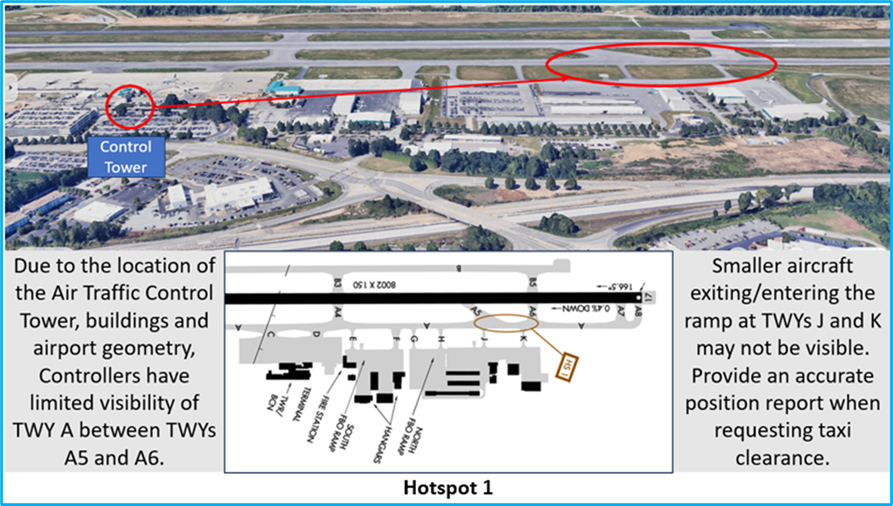
Wrong Surface Landing Risk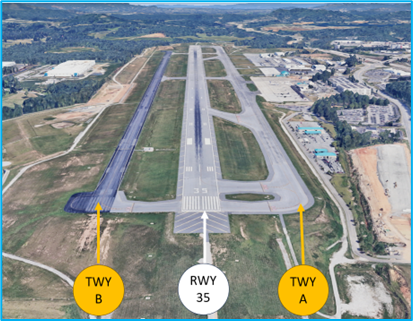
- RWYs with full length parallel TWYs increase the risk of wrong surface landings.
- At AVL, TWY A and TWY B both parallel RWY 17/35 increasing the risk of a wrong surface landing.
- If available, back up all visual approaches with an instrument approach to help ensure that you are lined up for the correct surface.
- RWY Markings are white. Markings on surfaces not used for takeoff/landing like TWY markings, chevrons, RWY shoulder and RWY turn-on markings etc., are yellow.
Additional Cautions
- Pilots conducting IFR approaches (ILS or GPS) to RWY 35 at KAVL, may encounter Hendersonville Airport (0A7) traffic.
- The floor of the AVL Class C airspace is 4,300’ MSL over 0A7.
- Extra vigilance in this area is highly advised.
General
- There is a multi-year construction project on the east side of the airport impacting non-movement areas near and around the terminal. Airport construction noise may interfere with the controller’s ability to communicate with the stakeholders on the ground or in the air.
Traffic Patterns
- We sequence and make decisions based on expected aircraft/pilot performance. Consistency helps.
- During periods of increased arrivals and departures, it is common for aircraft in the tower pattern to encounter occasional delays.
- Tower pattern direction may vary during operational hours depending on traffic.
Ground Control
- Ask for flight following with clearance/ground if you know you want it rather than waiting until you are talking to departure.
- Informing ground control which taxiway you are using to access TWY A is helpful, along with your aircraft position due to our visibility restrictions from the tower.
Special Traffic (Military / Commercial / Helicopter, etc.)
- Scenic helicopter tours are conducted regularly to and from the North Ramp at KAVL. Medevac and military helicopter operations from the ramp are regularly conducted. The ramps are uncontrolled, use caution for rotor wash and helicopter movement.
Takeoff/Departure
- If given a heading other than runway heading, make that turn as soon as you can safely do so.
- AVL utilizes “Line Up and Wait” (LUAW) to instruct a pilot to taxi onto the departure runway and hold position until cleared for takeoff. It is not authorization for takeoff. For mitigation strategies, view the From the Flight Deck-Line Up and Wait video.
- IFR aircraft should be familiar with the AVL7 departure. Some aircraft mistake the published climb rate minimums as the top altitude and stop their climb at 3,600 (Top altitude is 8000).
Arrival/Landing
- On RWY 35, it is typically advantageous to target exiting the RWY at TWY A4 or beyond. TWY A3 may result in taxi delays due to opposite direction traffic taxiing outbound.
- Aircraft instructed to “Hold Short of Alpha” when exiting the RWY are expected to cross the RWY hold short line before stopping.
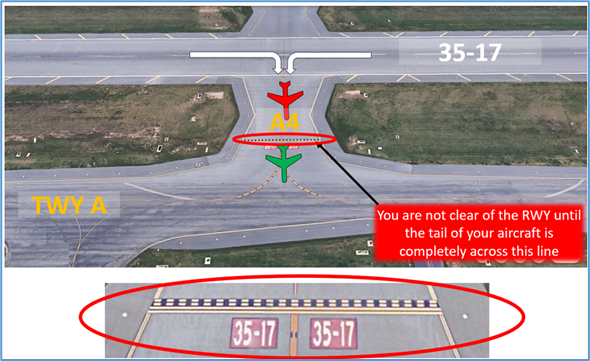
Avoidance Areas
- Concentrated downwind IFR arrival traffic five miles west of AVL at 6000 MSL.
- Concentrated training traffic in the vicinity of SUG VOR.
- Frequent helicopter operations in/out of Mission Hospital near downtown Asheville.
- Hendersonville airport near final for RWY 35 approximately nine miles south of AVL.
